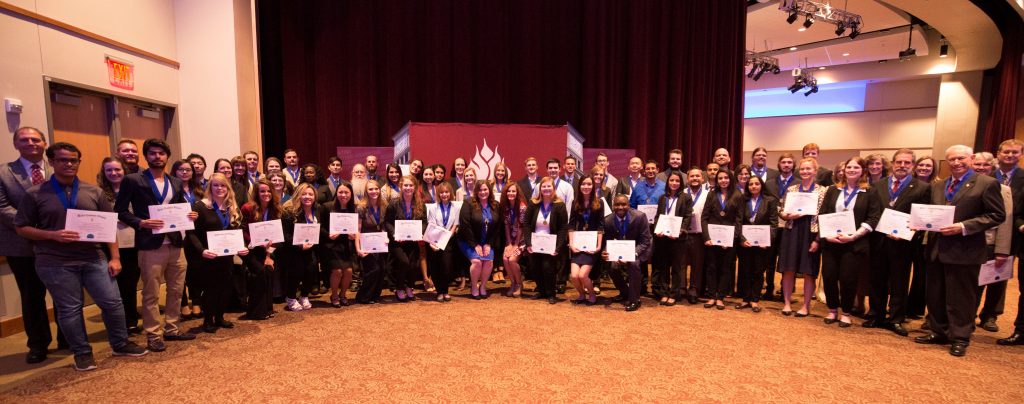
Student satisfaction and customer satisfaction are not equal. Students are not customers except when they spend a night in their dorm room or buy a meal in the cafeteria, a book at the bookstore or a shirt with the school logo. The remainder of the time, students are aspirants. They work diligently to become something they are not. They pay universities to help transform them from whatever they are into something they aspire to be, such as a teacher, nurse, engineer, historian or rancher. If they knew how to think and act as these professionals do, they would not need to pay the university anything. Students do not buy a product, but a transformational opportunity. Universities irreparably harm themselves when they sell opportunity as a product. Opportunity is difficult to measure, and even more difficult to communicate to an aspirant.
College to Life, a recent study by Strata/Gallup, catalogs why students choose various educational pathways and their satisfaction with those choices. A cacophony of concerns regarding the high cost of university attendance and the value of a college degree fills newspapers and airwaves regularly. A few basic observations from the study are worthwhile.
Six in ten students choose to attend college for the prospect of a better job. University faculty yearn for students who study for the joy of learning, but only two in ten indicated that as the reason for attending. Of course, the joy of study and the potential of employment can be mutually reinforcing—even indistinguishable. Excellent faculty are essential for academic excellence: Energized faculty integrate the joy of learning and the application of what is learned in the work world. Strata/Gallup have separated for reporting polling results that which must be integrated.
Demographic classifications change the findings little. Men and women, first generation students, income level, racial and ethnic groupings hold the same educational goals within a few percentage points. Jobs are the central consideration.
Over 30% of those who failed to complete a degree said their interests were on general learning, rather than vocational choices. Yet students who did not complete their degree said if they could take a “do over,” they would choose another area of study. Career choices are central, but location and affordability are the number two and three concerns respectively.
In response to these findings, universities that want to improve institutional attractiveness to potential students have two major priorities.
First, attend to the transition from college to work. Internships, practicums and other work and study combinations have great value to the preponderance of students. Remember, nearly 60% of the 87,000 participants in the Strata/Gallup poll said jobs were first priority.
The casual reader may say, “Where is the news in that?” With universities focused on enrollment growth, economic development, campus life experiences and a multitude of other considerations, the essence of securing employment might be overshadowed by interference of competing forces that are at work in the study environment. Thoughtful universities will focus on how sound technical expertise, powerful critical thinking skills, knowledge of history and the importance of good citizenship in a free society lead to a productive work life. In addition, the ability to accept responsibility and work with others as a team can take center stage and simultaneously help a student gain employment in their chosen field of study.
Second, after the prioritization of the study experience related to employment opportunities, the most important consideration is location. In the first priority, universities have control over how learning experiences lead to success in the workplace; however, universities typically have little choice in their location. In response, many rural institutions create branch campuses in more densely populated urban areas to foster access through proximity. For universities located in very rural areas or areas with declining population, sometimes the stretch will be A Bridge Too Far.
Distance education programs provide opportunity to learners by virtually eliminating geography as a concern. This can also help create sustainability. Another approach is recognizing that rural locations possess defining characteristics. Here the issue becomes how to make a unique setting a “destination” university, appealing to people far and wide. The study experience at a rural institution can be an “international study opportunity” for many urban and suburban students. The way of life, the culture and the decision-making apparatus at work in the lives of people all can be an unintended but powerfully important learning experience—a hidden curriculum—if properly developed and implemented.
The calculus of these two forces implies that thoughtful leadership, faculty and staff guide the transition from study to work and create attractiveness through distinctive location. These investments of energy and intellect lead to satisfied students.



